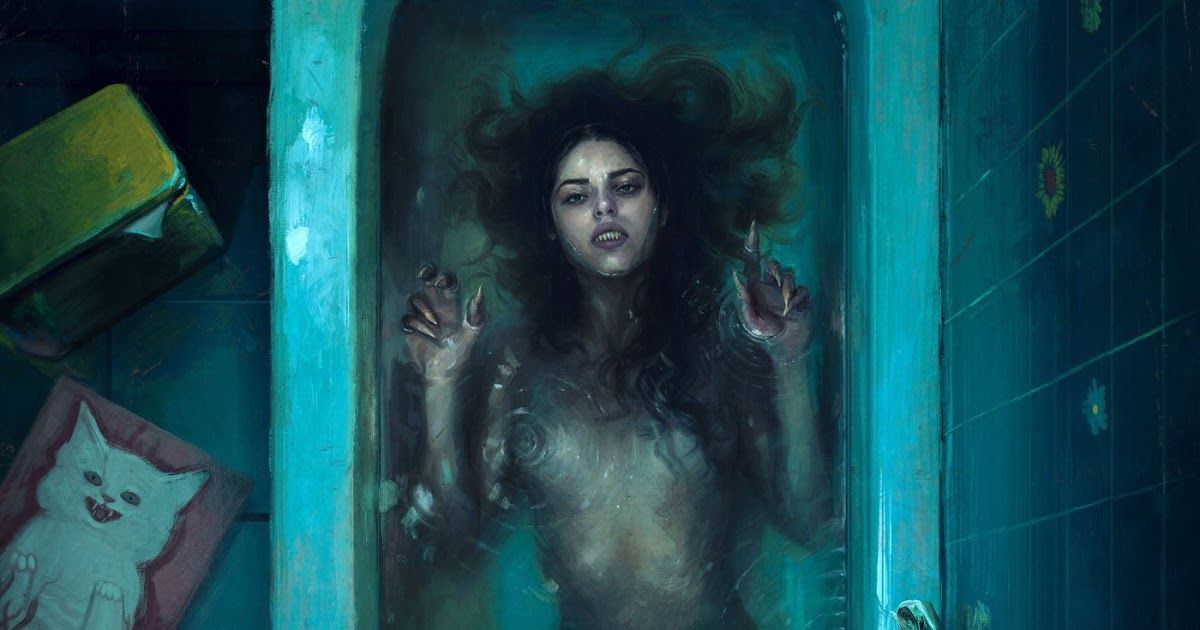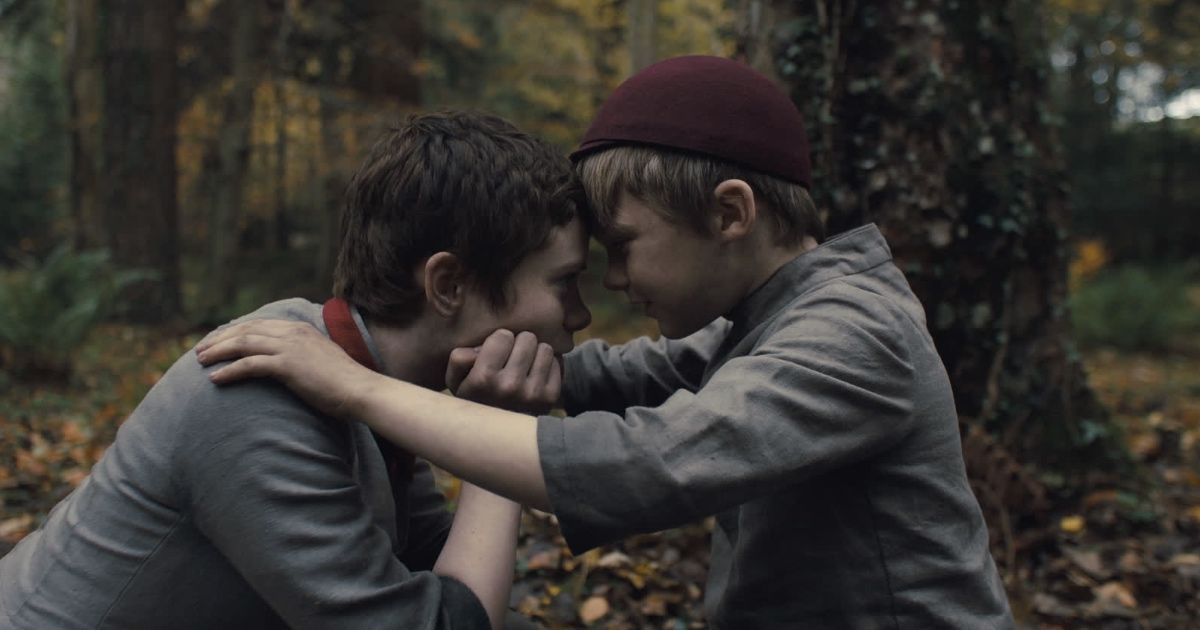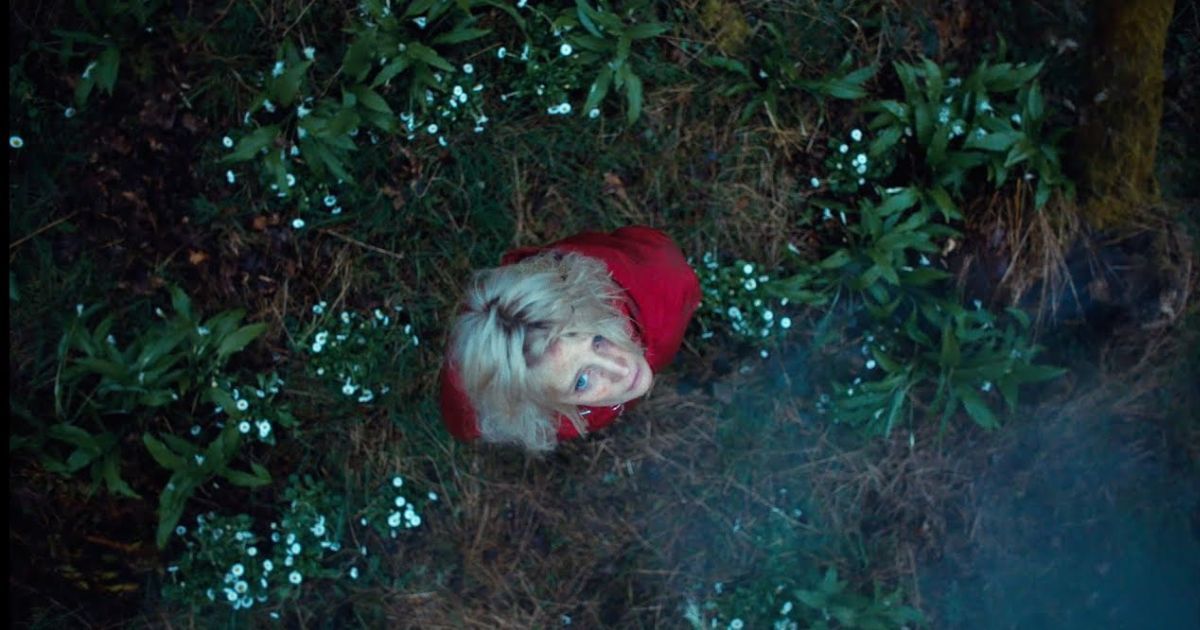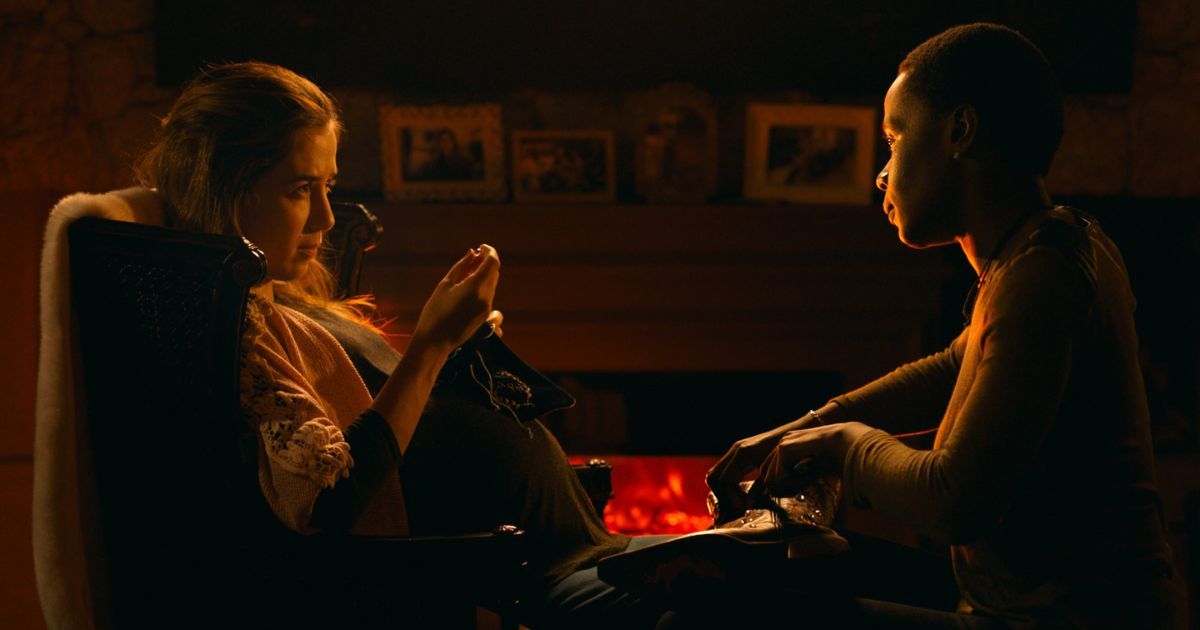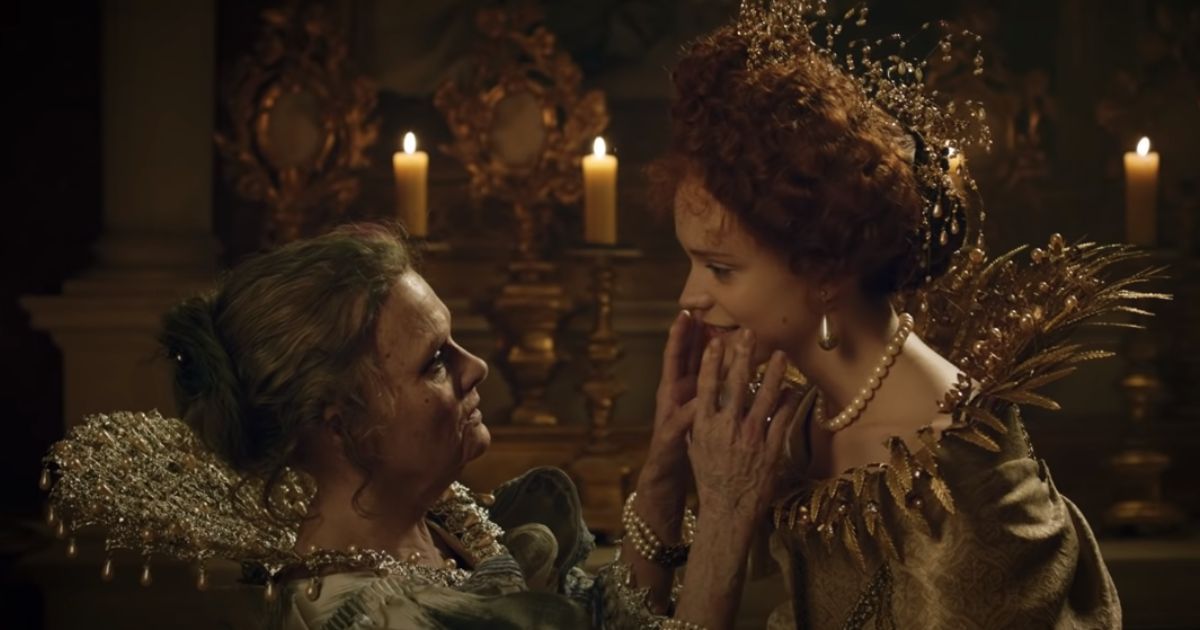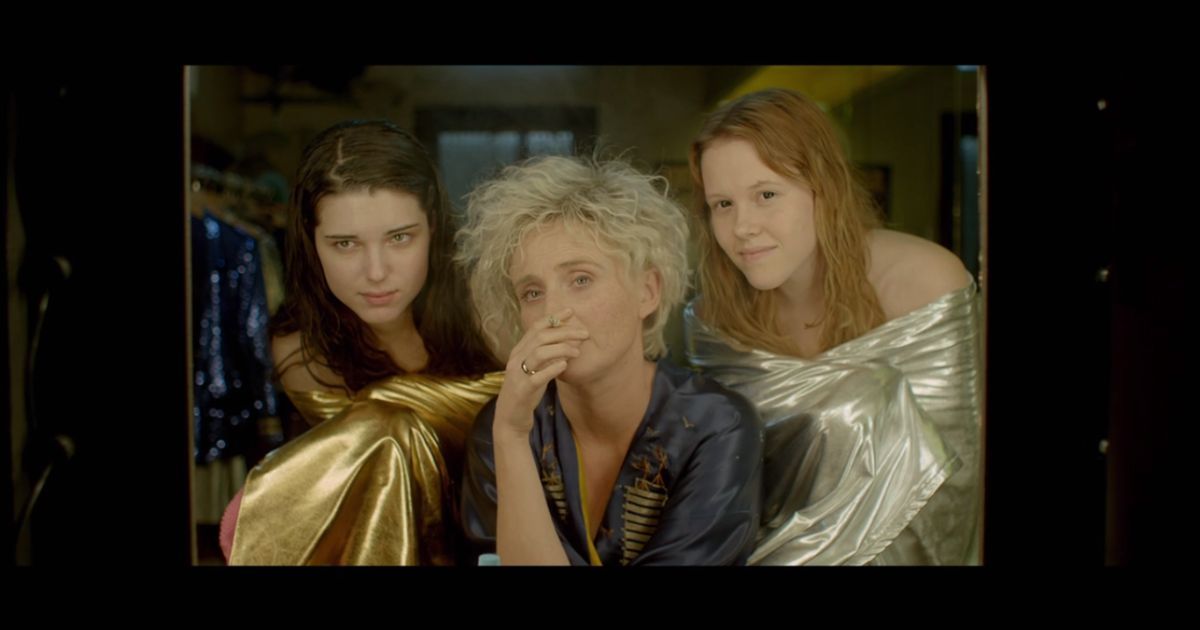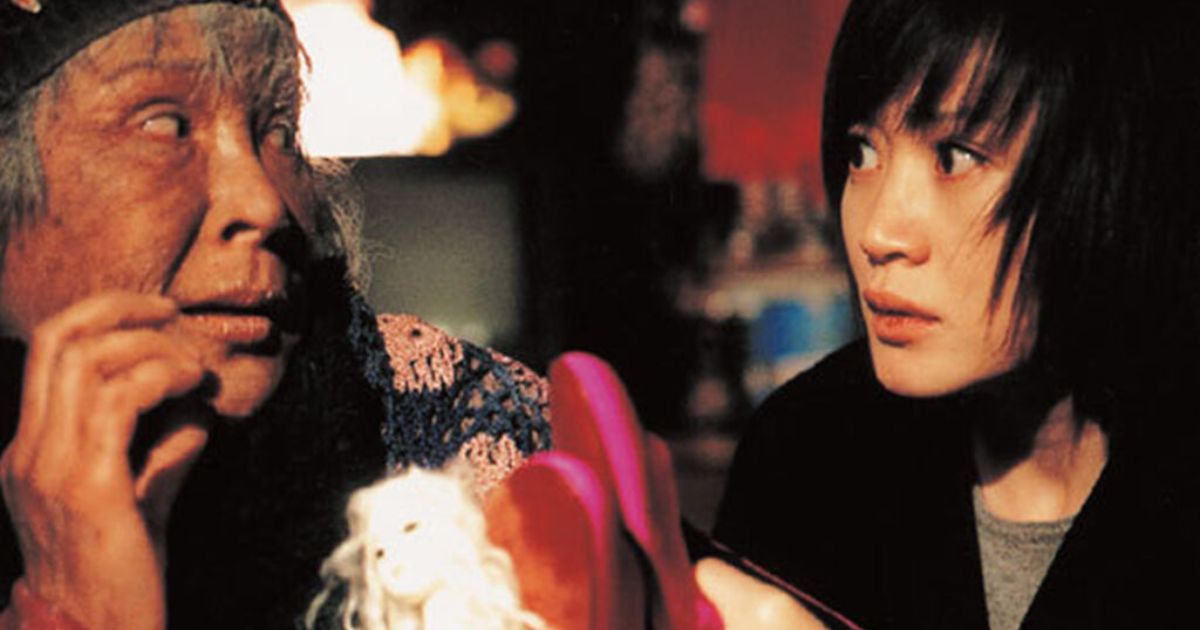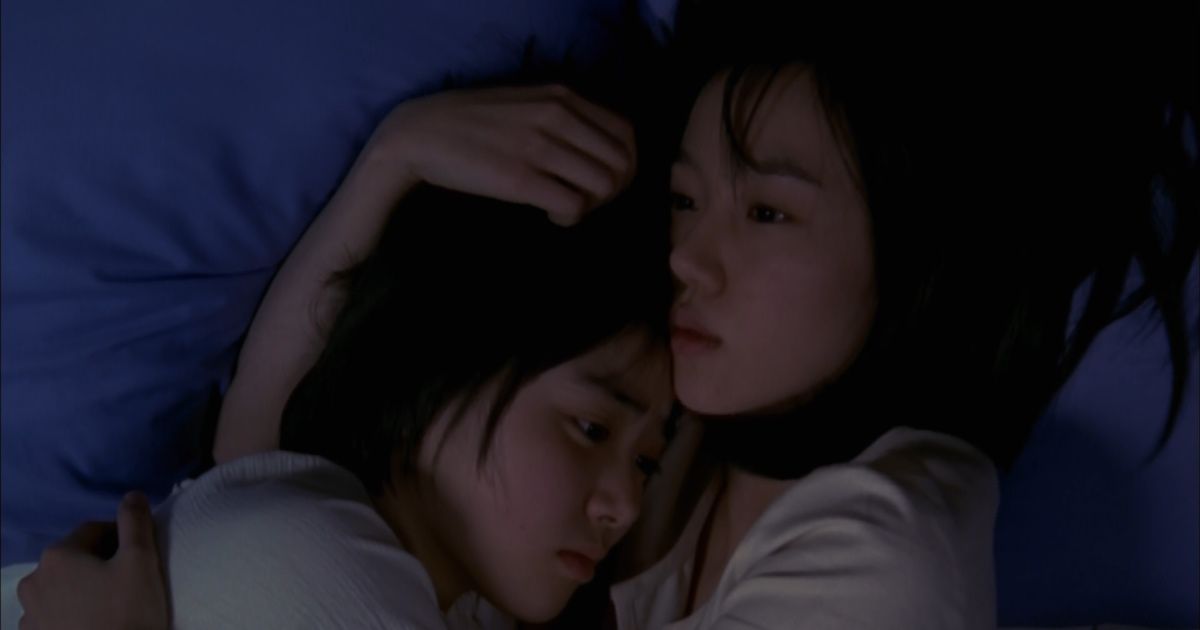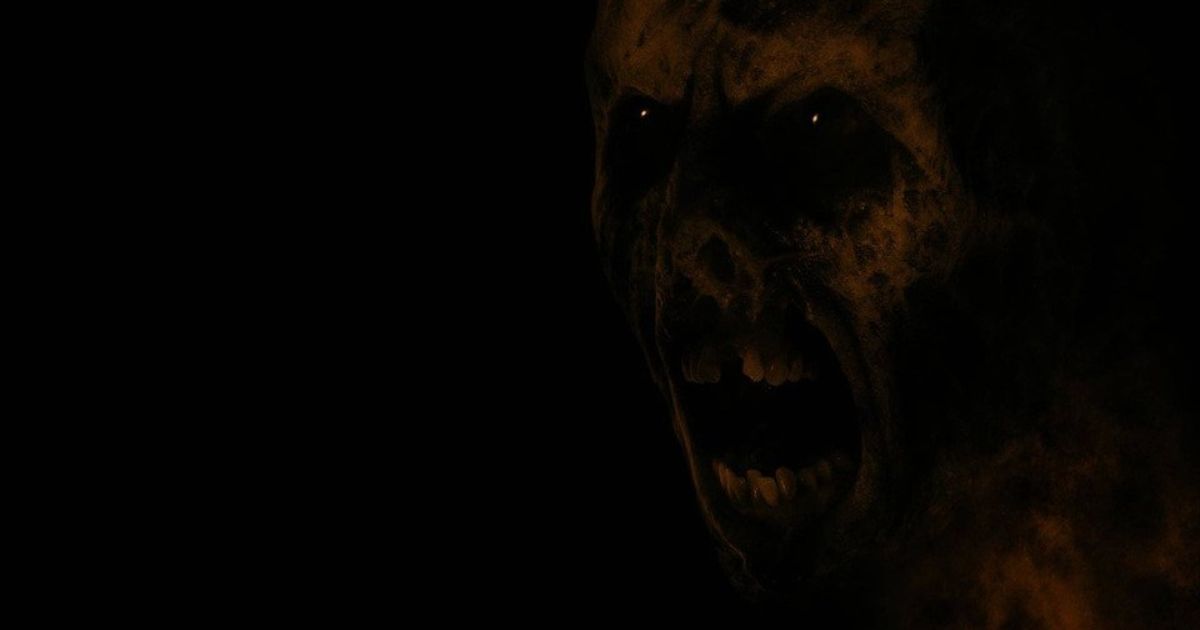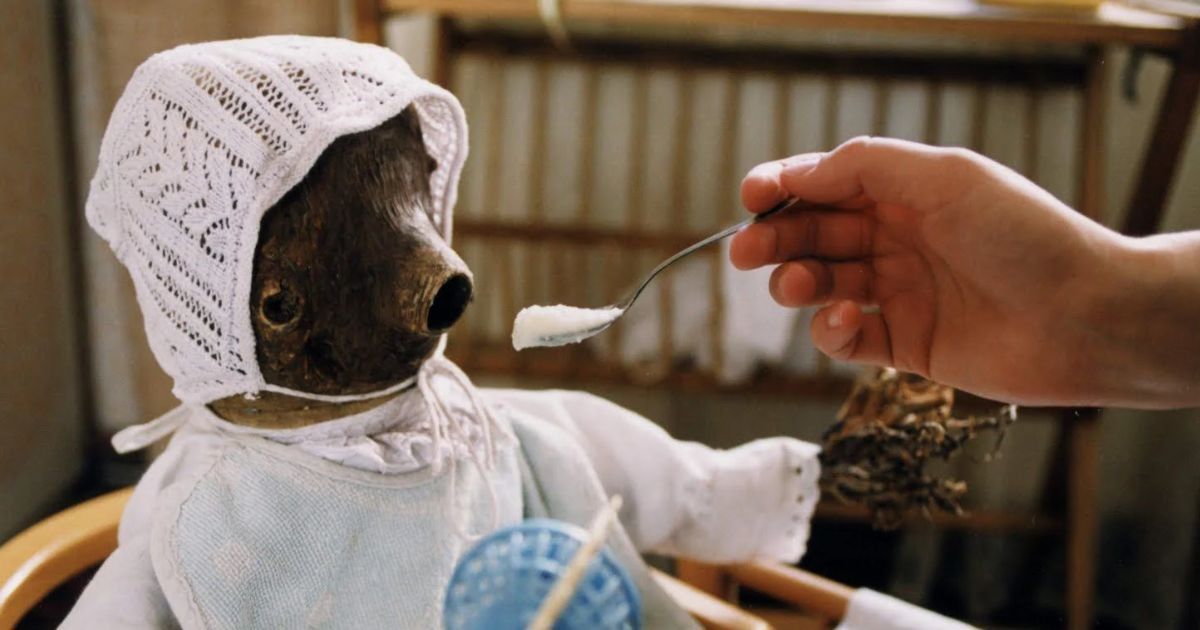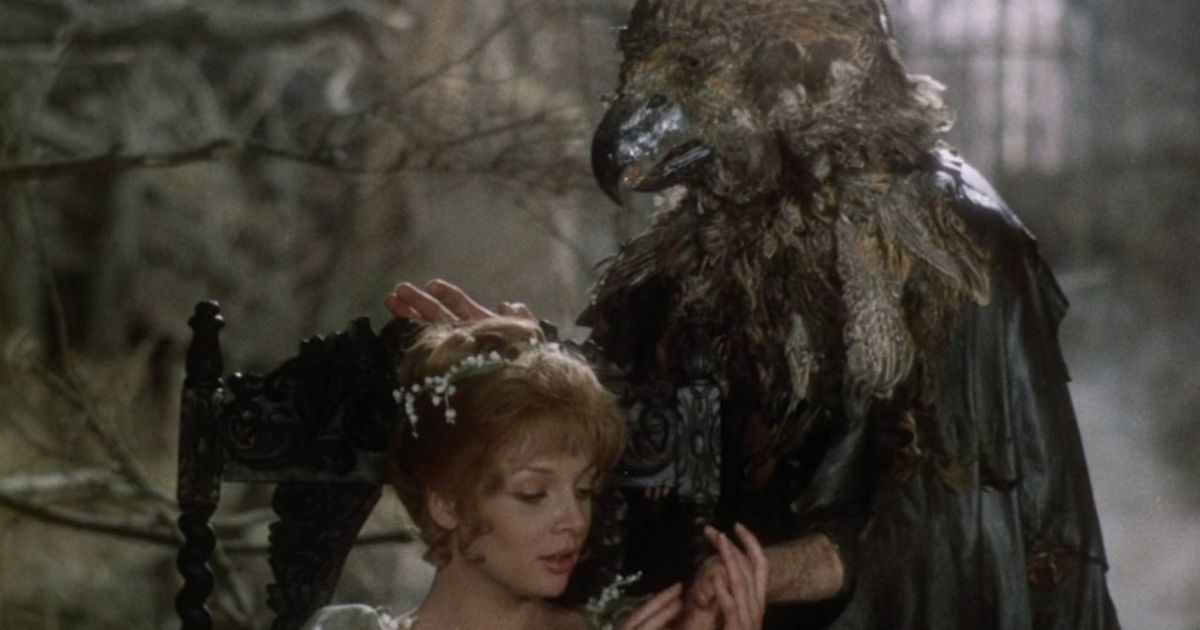Sometimes the best horror movies find inspiration in narratives you might least expect to find scary: fairy tales. Many early iterations of well-known fairy tales, such as the Grimms’ Fairy Tales, were often not as sweet as their Disney retellings. Taking a look at earlier versions of beloved fairy tales, one would find common horrific elements common in horror movies today such as torture, murder, frightening monsters, and dreadful curses. The original dark nature of fairy tales makes sense, given how these stories were meant to both entertain and teach those listening moral lessons. And like the fairy tales from the past, some horror movies happen to share the same sentiment.
While fairy tales of today have now become less scary, there are plenty of horror movies that have taken the dark fantastical themes of the past and made them just as terrifying.
10 Gretel & Hansel (2020)
Directed by Oz Perkins and written by Rob Hayes, this horror film reimagines the Grimms’ Fairy Tales’ Hansel and Gretel story published in 1812. Gretel & Hansel follows similar beats to the original fairy tale with the siblings being lost in the woods and finding a lone house occupied by an owner, who is nice but gives them an uneasy feeling.
However, unlike the original fairy tale the movie is based on, Gretel & Hansel focuses more on the perspective of Gretel, played by IT’s Sophie Lillis, who differs from her classic counterpart in the fact that she has powers. Not only does this develop some sort of a connection between Gretel and the witch, Holda, but she also teaches Gretel to embrace her magical abilities — an added feminist angle that Perkins discusses in his interview with Yahoo Entertainment.
9 Hunted (2020)
Advertised by Shudder as a “modern and radical take” on the story of Little Red Riding Hood, director Vincent Paronnaud’s Hunted is a survival horror story about a woman named Eve who ends up being pursued by two men through the woods after her night out at the bar. Throughout the film, Eve fights to stay alive, first as prey before she becomes a hunter. It is easy to see how the film took inspiration from the original fairy tale it was based on, from the red hoodie Eve wears a nod to Little Red Riding Hood’s cloak to the forestry setting where the majority of the movie takes place.
8 Good Manners (2017)
Good Manners by directors Juliana Rojas and Marco Dutra is a dark fantasy film that doesn’t necessarily take inspiration from one specific fairy tale. Rather, inspiration came from an amalgamation of fairy tales and folklore which helped them to craft their contemporary fairy tale that both horrifies and touches on social issues related to race and class. Rojas and Dutra explained in an interview with Mubi’s magazine, Notebook how the initial idea of the film derived from a dream Dutra had before they started diving into research.
“In the case of Good Manners, the original image came from a dream of Marco’s: two women living in an isolated house and raising a strange baby,” Rojas and Dutra said in their Notebook interview. “We started to investigate the werewolf folklore in different cultures and saw how the myth usually relates to impulses of violence and sex, and also to religious and conservative values.”
Set in São Paulo, the movie follows Clara, a woman who becomes the live-in nanny and housekeeper for a wealthy pregnant woman named Ana. All seems well until Clara catches Ana sleepwalking at night. As time goes on, Clara begins to realize that there’s more to Ana’s pregnancy than meets the eye. The various motifs and elements in the fairy tales and folklore of wolfmen shine throughout the horror film, delivering a tale that is terrifying and even a little tragic. Funny enough, even Disney had a hand in adding horror to the film. The director duo told Variety in an interview how they were also influenced by older Disney films’ soft color palette and the mixture of narrative themes.
7 Tale of Tales (2015)
Directed by Matteo Garrone, Tale of Tales tells three stories in one film, all based on the Italian poet and fairy tale collector Giambattista Basile’s Pentamerone. As to be expected with fairy tales of the past, the stories within the collection are very gruesome and horrifically bleak and the film adaptation doesn’t back with the horror either.
Garrone’s Tale of Tales adapts three stories within the collection: The Enchanted Doe, which sees a Queen trying to break a friendship between two boys resulting in dire consequences, The Flayed Old Lady, which spins a tale of a King falling in love with a maiden only to be surprised to who he wakes to the next day, and The Flea, which finds a King’s daughter doomed to a horrible fate all due to her father’s obsession with an abnormally giant flea.
6 The Lure (2015)
The Lure is a Polish horror film inspired by Hans Christian Anderson’s The Little Mermaid. The movie ramps up the underlying gloom and fantastical nature of the original fairy tale, making The Lure part musical, part comedy, and part horror. Taking place in 1980s Poland, two mermaid sisters, Golden and Silver, find themselves on land where they soon after become recruited as strippers at a nightclub. Like the fairy tale, there’s the threat of one of the sisters turning into seafoam if her lover doesn’t reciprocate her feelings, giving an already impending but familiar sense of doom in the movie. And in classic horror fashion, there is gore involved.
Viewers and critics alike praise the film for its breathtaking filmography and the zany mixture of music and horror, as evident by its 89% critic score and 73% audience score on Rotten Tomatoes.
5 The Red Shoes (2005)
Directed by Kim Yong-gyun, The Red Shoes is a Korean horror film that does its take on another one of Hans Christian Anderson’s story of the same name. The Hans Christian Anderson version tells the tale of a girl so in love with her red shoes that she wears them everywhere, even at the most inappropriate times, and ends up becoming cursed to dance forever until she cuts off her own feet. The overall premise of Anderson’s Red Shoes is pretty terrifying as it is, so it would make sense for someone to take it as inspiration for a scary movie.
The Red Shoes is about a woman in the subway who happens upon a pair of pink high-heeled shoes. Following after is a series of haunting visions and events that terrorize the woman due to the shoes being cursed. Reviews of the movie are mixed with it earning a 5.8/10 on IMDB and a 47% audience score on Rotten Tomatoes, though many of them note the amount of gore in the movie.
4 A Tale of Two Sisters (2003)
The fascinating thing about fairy tales and folklore is that many cultures have their own set of stories specific to their region, and those stories can make for good material for a freighting on-screen adaptation. A Tales of Two Sisters, directed and written by The Last Stand’s Kim Jee-woon, gets its horror influences from the Joseon Dynasty folklore, Janghwa Hongryeon jeon. The original story is already dark as it is with the two sisters, Janghwa and Hongryeon, dying via drowning and suicide due to their evil stepmother’s trickery.
Although this story has been adapted on-screen before, Jee-woon’s version stands out by incorporating issues of family trauma into the haunting events his two teenage protagonists already face.
3 Darkness Falls (2003)
While the Tooth Fairy doesn’t come from a specific story, many consider the simple lore of the magical creature who swaps children’s teeth for money to be just as memorable as any other fairy tale. The Tooth Fairy is a rather wholesome magical creature untouched by any of the horror associated with the fairy tales of the past. However, the movie Darkness Falls decides to take a crack at it by transforming the beloved fairy into a vengeful spirit out for blood.
Beginning in the 1800s, the film sets up the story of Matilda, a kind woman who was nicknamed the Tooth Fairy and beloved by many children in Darkness Falls. However, the town soon turned her and murdered her for the supposed kidnapping of two missing children. One hundred fifty years later, the Tooth Fairy returns to Darkness Falls, ready to haunt the town’s residents for revenge.
2 Little Otik/Greedy Guts (2000)
Little Otik, also known as Greedy Guts, is an acclaimed horror film that combines live action with surreal stop-motion animation to weave a story based on the 19th-century Czech fairy tale, Otesánek by Karel Jaromír Erben. After a couple learns they can’t have children, the husband takes it upon himself to craft a baby out of a tree stump that comes to life. However, the couple’s new baby soon turns into a monster that’s hunger can never be satisfied. Along with taking inspiration from the already grotesque fairy tale, the director Jan Švankmajer also took real-life inspiration from the Czech Republic, connecting Little Otik as an allegory for the growing consumerism happening in the country during the 1990s.
1 Panna a Netvor (1978)
Panna a Netvor, also known as Beauty in the Beast in English, is Juraj Herz's Czech adaptation of the classic fairy tale about a young woman who falls in love with a terrifying monster. The visuals and lighting of the film closely match what one would see in the horror genre, specifically gothic horror, with a dark gloomy color palette that manages to be chilling while still beautiful and dreamlike. The visuals, along with the soundtrack’s organ music, make for a more creepy version of the familiar fairy tale than the light whimsical Disney version.
Following its release, Panna a Netvor received some attention for its storytelling and directing style. In 1979, Panna a Netvor won the Medalla Sitges en Oro de Ley for Best Director and was nominated in 1982 for Best International Fantasy Film at Fantasporto.

